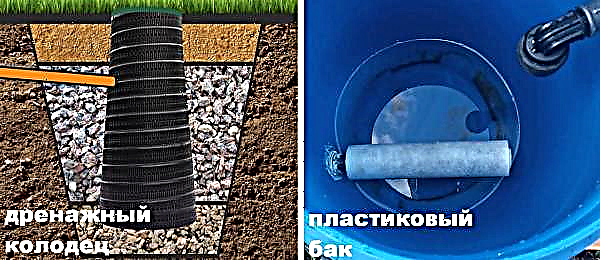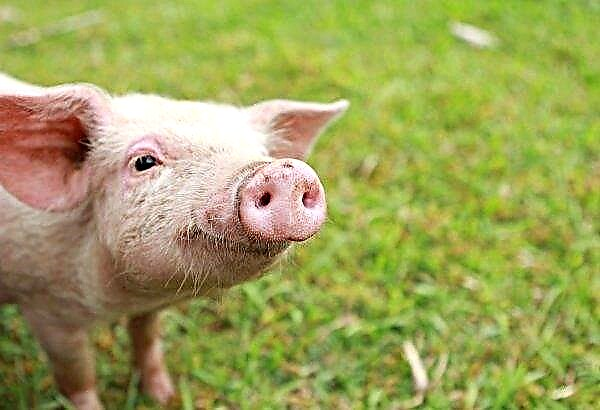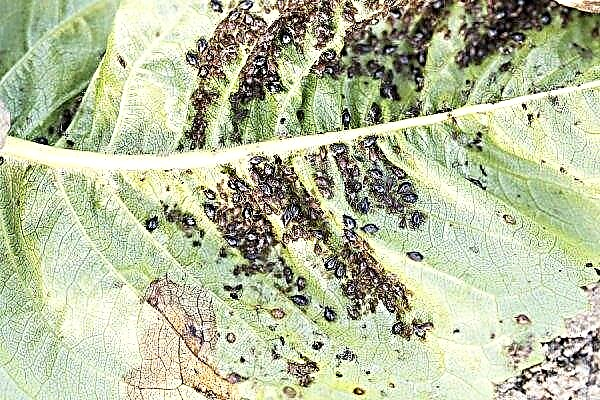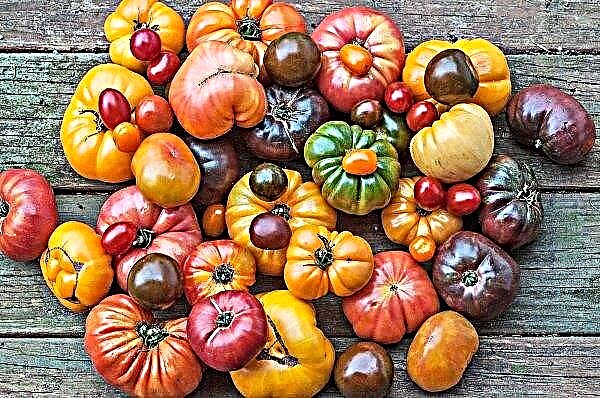Senpolies at first glance are very similar to real violets, but in fact they have many differences, especially in conditions of detention. Nevertheless, flower growers love to plant them as house plants, since among them original varieties are much more common, compared to real violets. So, among them there is a group of rather unusual varieties called Chimera. We will talk about them further.
Characteristics and description of the plant
Many flower scientists are not inclined to attribute the Chimera violet to a separate group of varieties. The reason is that Chimeras appeared through random mutations, a hundred years ago, when this plant (senpolia) was converted from wild to domestic and began to be bred everywhere as a cultivated one. Mutations occurred as a result of the adherence of different types of tissues, and not their mixing, due to which the stability of the mutation is not constant and does not always repeat during reproduction. A plant with colorful flowers gave offspring with plain colors.
Today it has already been proven that it is possible to preserve the characteristics of Chimera violets only by using certain methods of reproduction. The main feature of the Chimera violets is the two-color petals of the flowers. Moreover, each petal has two genetic layers with completely different colors. The main layer is responsible for the background color, and the additional layer is responsible for the color of the strip or spot of a different shade. To obtain such a "mixing" of colors in the laboratory is still not possible.
Did you know? If you take the petal of a Chimera flower, make a cross section on it and examine it, then you can see the main and additional cells.
Varieties present in stores are obtained experimentally after planting a huge number of cuttings and selecting those that are most suitable for the characteristics of the variety. As a result, plants with 2-3 colored petals fall into the group, having a bright color and a clearly noticeable contrast between the primary and secondary colors. By the type of color of the petal, there are direct and reverse flowers. In the former, the strip is darker than the main color, and in the latter, on the contrary, it is lighter.
Conditions for growing violets at home
As already mentioned, senpolias and real violets have differences in conditions of detention. It is due to the fact that senpolis come from hot countries, therefore, they can grow only in a certain microclimate. It must be maintained constantly.
Location and Lighting
They need to be located on the windowsills on the east or west side. Since the flower should not be in direct sunlight, it must be shaded. If possible, then you can build a rack by placing it near the window. So the flowers will receive a sufficient amount of light, but will not receive burns.
Important! If the temperature is high, the contrast between the strips will disappear, and the petals will gradually take on a solid color. You can return everything at the next flowering wave, but only if the temperature is in the normal range.
Temperature mode
The flower is thermophilic. All year round for him it is necessary to maintain the temperature at the level of + 22 ... + 24 ° С, and there should be no nighttime fluctuations, as the color of the flowers will fade from this.
Air humidity
Humidity should be increased. A container with water or wet pebbles should be placed near the pot. Water procedures should also be performed regularly to flush dust off foliage. The main thing after a shower is to wipe every leaf from the remnants of moisture.
Rules for home care
Chimeras are very moody and demanding care. You need to try very hard to make the flower gladden you with unusual flowering.
Watering
The plant is poured with settled warm water. It is best to use the "through the pan" method, since when overhead watering due to an overgrown outlet, it is difficult to carry out irrigation procedures without getting water on the foliage. Residual moisture should be drained after 10-15 minutes. The regularity of the procedure depends on the temperature and humidity, but usually follow this schedule: 1-2 times in 7 days.
Fertilizer application
Chimeras are usually fed off-season during intense flowering. Liquid or granular fertilizers are used for uzambar violets. Nutrients are added every 30 days.
Pruning
Chimera violet pruning is needed to form a beautiful flower appearance. Withered flowers, injured, sick, old, dry leaves are cut. Extra stepchildren and leaves are also removed, which interfere with each other and flowers. A flowering plant should have three rows of foliage.
Important! If it is necessary to rejuvenate the Chimera, then the top is thinned out, and the bottom is completely exposed.
Transfer
The transplant is carried out every year, in March. Plant movement is carried out by transshipment. If the pot is selected correctly (5–11 cm in diameter and not deep), then you can not change it, since the plant does not like a lot of space. If the pot is too large, then until the violet fills all the free space with its roots, it will not bloom. At the bottom of the pot, drainage is laid, and the voids are filled with universal floral soil.
How to propagate at home?
Although the Chimera belongs to the senpolia, it is impossible to propagate it in the ways that are familiar to them, since not everyone retains its varietal characteristics.
Cuttings
The most common way to propagate violets is with leafy cuttings. Unfortunately, it is not applicable for Chimeras, since varietal features are not preserved. It is better to use the top as a stalk. To do this, cut off the upper part of the plant, below the growth point. Then the top is planted in a substrate, and greenhouse conditions for a month are created. During this time, he must take root.
Video: propagation of violets by cuttings
Stepsons
In the mother plant, in the absence of the apex, the active growth of stepchildren begins. They can be rooted in the same way and get a new plant with characteristics similar to the mother. The top does not have to be cut off. You can just pinch it.
Seeds
This type of violet is not propagated by seeds, and they are not on sale.
Video: propagating violets by seeds
Rooting flower stalks
Effective for the variety of propagation using peduncles. The buds are removed on them so that the two petals below them are not injured. After you need to wait for the petals to grow, and the peduncle itself has grown. It takes more than a month. After the peduncle, you need to carefully break it out, shorten it with a sharp object and root it exactly like a leaf (in a container with soil).
Possible growing difficulties
Chimera is sensitive to diseases and pests, such as:
- Thrips. Insects destroy the anthers of the flower and roots. It is necessary to fight them with the help of insecticides.
- Root rot. The plant begins to wither. An urgent need to transplant the plant, and if the roots are completely damaged, then cut off the top and root.
- Fusarium It covers the foliage with a brown coating, pouring begin to rot. Urgently need to be transplanted into new soil.
Did you know? Saintpaulia was discovered and approved as a separate genus in 1893, and already in 1949 there were 100 species of these plants.
For preventive purposes should:
- disinfect the soil before planting with potassium permanganate or freezing;
- comply with all care rules.
Violet Chimera - a flower of extraordinary beauty. This wonderful creation of nature needs special care and close attention. For this, it will thank with unique flowering.












